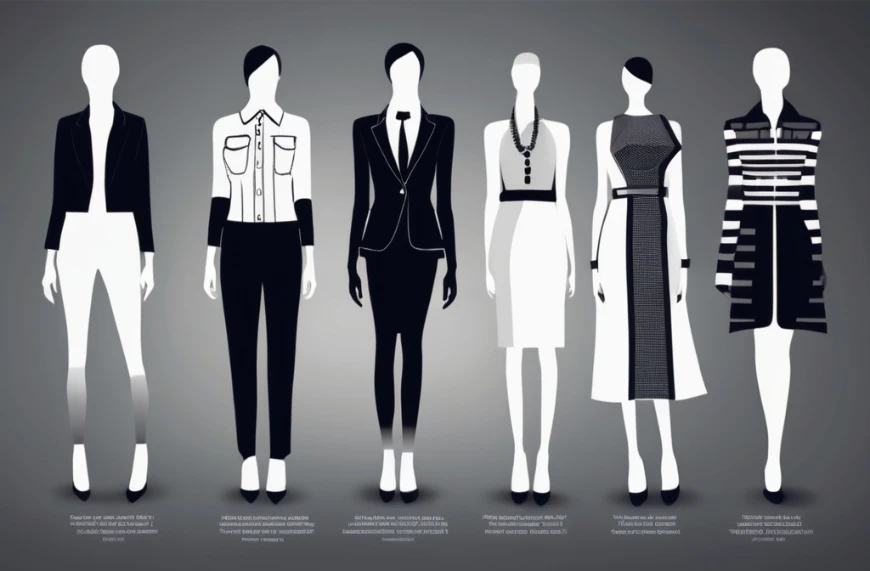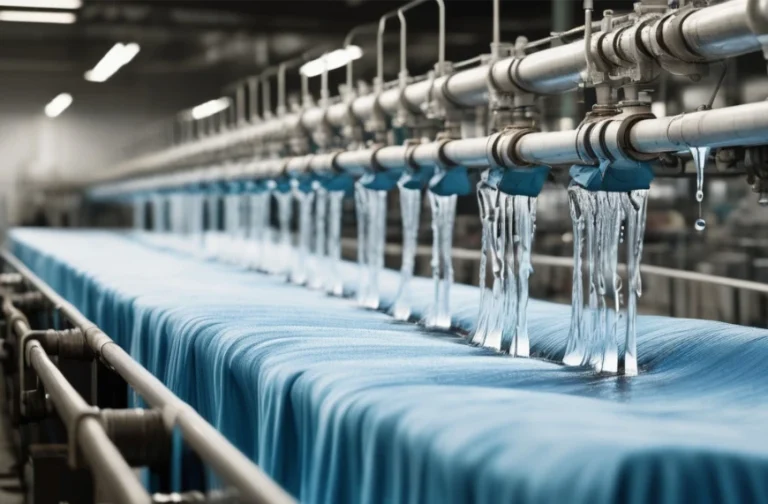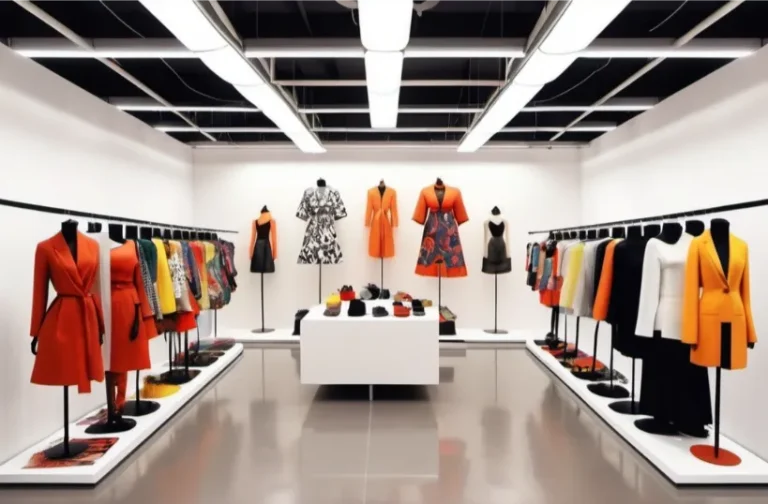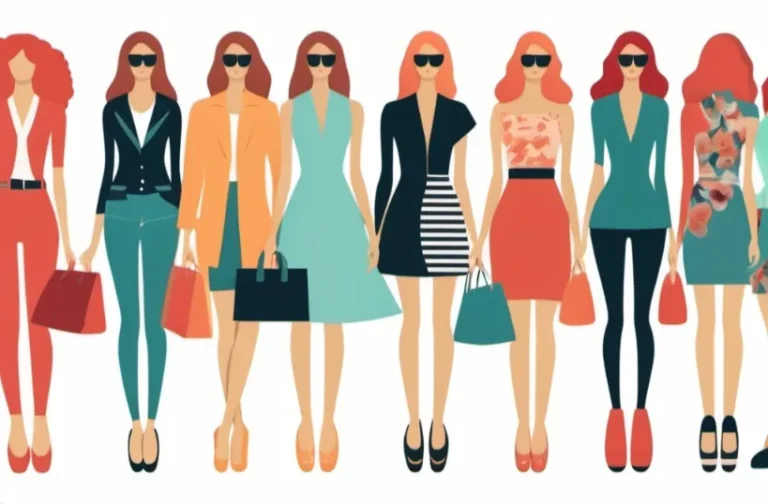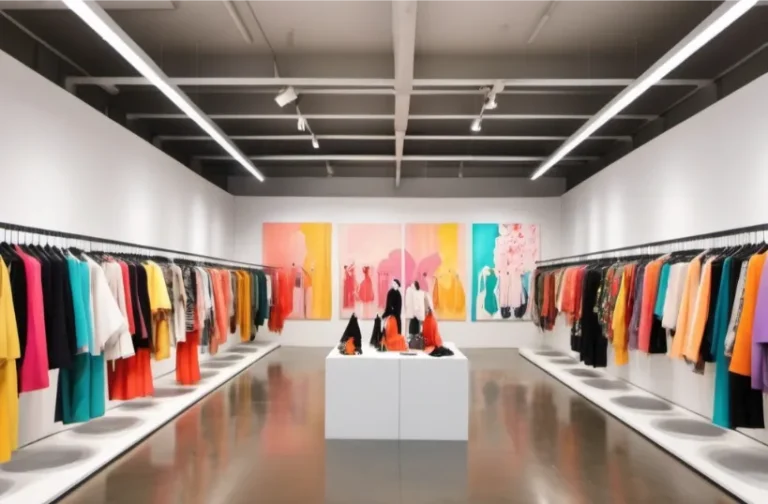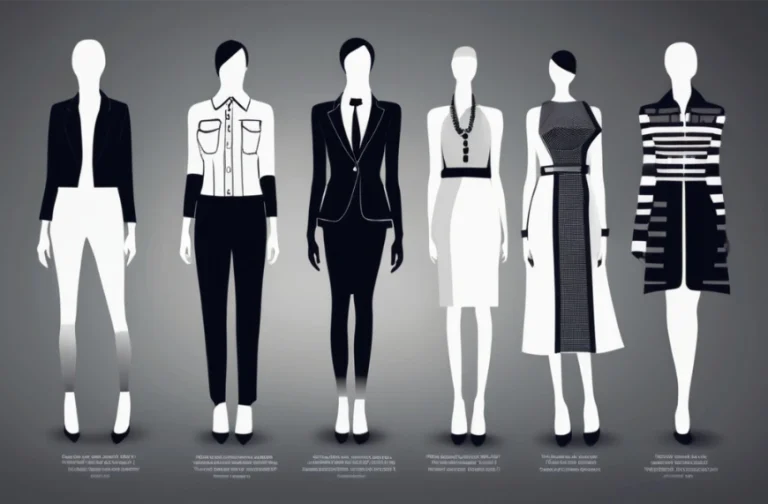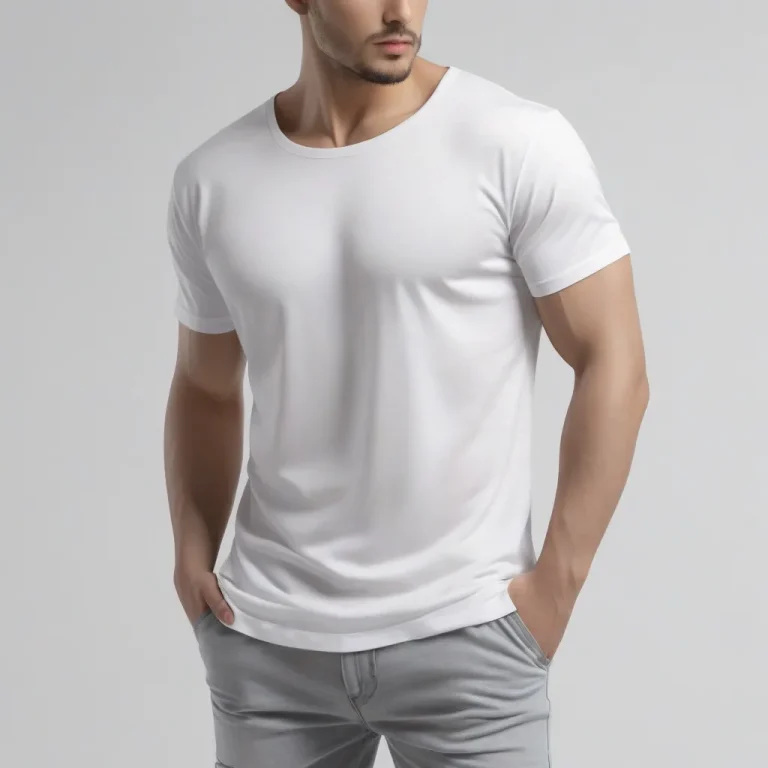How Many People Work in Fashion Industry?
The fashion industry is one of the largest industries in the global economy. This industry is a versatile sector that touches every part of our daily life.
We carry the clothes from this industry, we see the advertisements, we attend the fashion shows, we use the fashion industry’s manufactured clothes on a day-to-day basis.
This industry is also one of the largest part of the US economy. When you think about how many people are behind the scenes of producing so many fashion items for everyone in the world.
It becomes clear that this industry is one of the most influential employers worldwide. We will try to understand the workforce behind the fashion industry.
We will also look at different aspects of this industry, the people we are employing in this sector.
How Many People Work in Fashion Industry?
The global fashion industry is a trillion dollar industry that employs over 75 million people worldwide.
The earth day organization did a report that suggested that in 2022 the global fashion industry directly employs 75 million people worldwide.

Also, this figure does not include indirect jobs such as those in cotton production, accessory, manufacturing, shipping, marketing and retailing or even disposing of the clothing materials.
In a report from the United Nations, it says more than 430 million people worldwide are directly or indirectly employed by the fashion industry.
They are running the show of the fast fashion industry and world textile production.
What Sectors Employees in The Fashion Industry?
If we want to get a clear picture of the workforce behind the fashion industry, we need to understand the industry in different segments.
What sectors of the industry employ the most individuals worldwide? We need to explore the different sectors and the workforce behind each sector.
Design and Development
Design and development is one of the core sectors of the fashion industry. With a wide range of products and developers this industry constantly creates new types of products, prototypes and clothing styles every second.

This sector includes fashion designers, graphic designers, pattern makers, textile engineers, product engineers and developers.
Most of the employers of this industry are fashion houses, brands and independent designers. The fashion design sector employs more than a thousand people worldwide.
Fashion hubs like Milan, New York, Paris, and London have the largest number of fashion designers.
In the United States alone, there are 39,217 fashion designers working in the garment designing sector. The fast fashion designing sector with accessories in any sector leads the fashion manufacturing industry.
The Manufacturing Industry
The fashion manufacturing industry is a massive sector in the global economy. This industry heavily relies on low labour cost countries.

Some of the low labour cost countries are China, Bangladesh, Vietnam, Cambodia, and India. Turkey is also a player in the industry, despite it having a high labour cost.
This industry’s factories are located in different areas of the world. That’s why the sector heavily relies on global shipment. Supply chain employees have a huge number of workers.
It especially takes labour for cotton production, final production, sewing and cutting, accessory production.
Textile and textile footwear manufacturing is a parallel manufacturing sector. Overall the textile sector employs over 60 million people worldwide.
Most of the employees are from countries like China, Bangladesh, and Vietnam.
In China, more than 20 million people are employed in this sector directly.
In Bangladesh more than 4.4 million people are directly involved in the apparel industry.
The Retail and Sales Sector
The retail sector is also a visible sector for the fashion industry. This industry includes high and low end boutiques, thrift shops where employees work to sell products directly to the consumers.
This industry also has employees on online platforms. Ecommerce team managers and associates are also a part of the retail sales sector.

There are more than 50 million people globally working in the retail sales sector of the fashion industry.
This sector requires a huge quantity of the workforce. Many are directly working in the e-commerce industry in the United States.
There are 15.62 million people working retail jobs in the clothing sector.
Marketing Sector
Marketing and PR seems relatively related to the retail sector but it is not. The marketing advertisement sector is different from PRs.

This sector ensures the product is advertised to the right audiences. That’s different from direct sales. This sector helps to increase sales.
They primarily produce marketing strategies and work with digital marketers and social media influencers.
The public relation specialist works to ensure the brand’s acceptance is increased.
The marketing and advertising sector employs several hundred thousand people globally.
A significant number of people were raised with digital marketing and influencer culture.
Supply Chain and Logistics
The supply chain and logistics sector ensures that the produced product in the low cost countries reaches the exact consumer in time.
The sector works hard to bring the product to the warehouse using the proper transport in a timely manner. The retail locations heavily depend on the supply chain efficiency.
That too depends on the improvement in the global supply chain, the logistics coordinators, shipping experts, and international events. They holistically work hard in the fashion industry.
Nearly 44 million people work in the supply chain industry. Much of the workforce are from India, the United States, China and Bangladesh. The logistics sector ensures the product is delivered on time.
Disposal Unit
This industry also produces unnecessary products. As a result it requires the disposal of the products within time.
A lot of products are used a small fraction of times. The products need to be disposed of before it pollutes the environment.

The fashion industry, heavily related to the new technology.
This efficient technology continuously works in the recycling process. Also, this recycling of the production requires a number of employees worldwide.
Role of Fashion Industry Workers by Region
The global fashion industry is different from country to country. It also differs from region to region.
Parts of the supply chain and types of work required in different areas determined by the nature of the role of these industry workers.
In Asia
In Asia, the global fashion industry heavily dominates with its manufacturing sector. Countries like China, Bangladesh, Vietnam, and Turkey are known for their low cost labor.
As a result, these people are employed directly in manufacturing. The production process, expressionally, cutting sewing and shipping the product in time requires a lot of low cost labour.
In Europe
But in Europe, the industry’s nature of the European market is different from asia.
Because most of the European fashion industry depends on high skill activities. Europe is the capital of iconic fashions.
Because this industry is known for their high-end fashion houses.
Superior quality textile manufacturing and innovation employs most of the European workers in this industry.
Working in fashion design retail and marketing is a go to sector in this industry.
North America
In North America, Canada, the United States and Mexico play a significant role in fashion and retail marketing.
They are also a leader in high fashion and fast fashion. They are more advanced in digital marketing technology and shipping of the product.
North America is home to fast fashion culture. That’s why most of the employees in this industry are employed in marketing and also in shipping the product.
The Impact of the Fashion Industry and Employment
Over the years technological advancement changed consumer behavior. Sustainability approaches and initiatives drive significant consumer behavior nowadays.
The fashion brands are also focusing on a more sustainable manufacturing process.
With the rise of automation, the industry is also facing a dramatic change. Artificial intelligence, automated manufacturing, and marketing processes reduce the number of workers and logistics it needs.
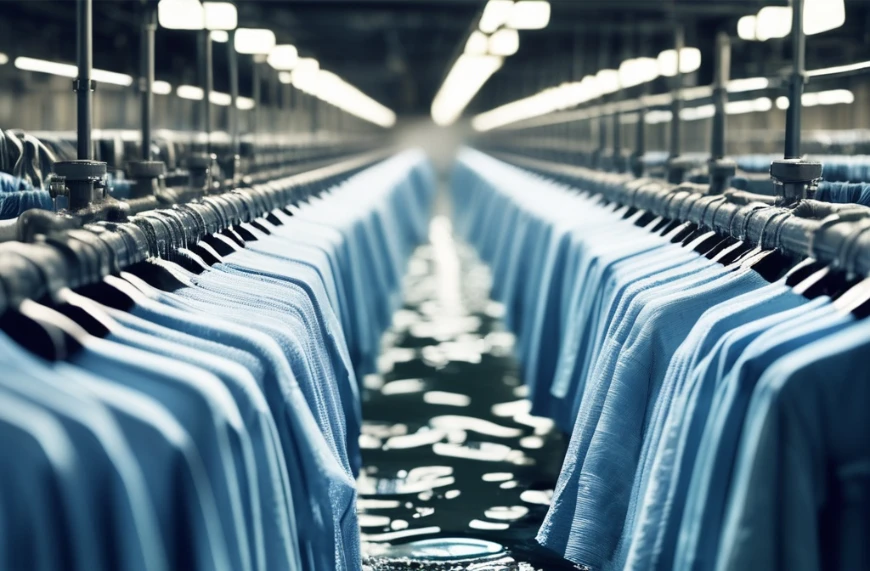
Online shopping and e-commerce boom has led to reduction of retail jobs to grow within the industry.
On the other hand, it increased the shipping jobs. Sustainable fashion has increased the opportunities for ethical production.
Ethical treatment, transparency, and eco-friendliness pushing the production.
Conclusion about the fashion employees
The fashion industry is a massive sector that employs a large number of people worldwide. Its 75 million people are employed globally spanning in different roles across the design, manufacturing, sales and logistics sectors.
This industry is continuing to be one of the largest employers of the world. Digital transformation, artificial intelligence and ethical production processes altering the workforce.
The new workforce requires new types of skills that are different from the traditional process. Technological advancement and consumer demands need to be accommodated within the industry. Diversity and variety of working rules is a determiner of the clothing industries today.

